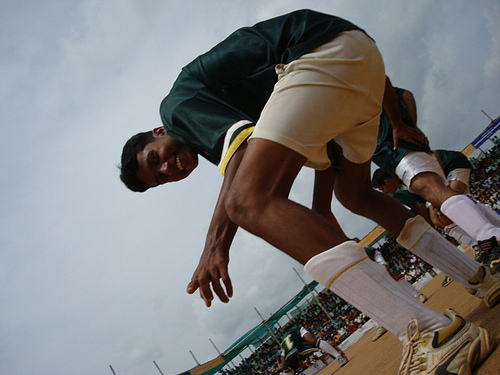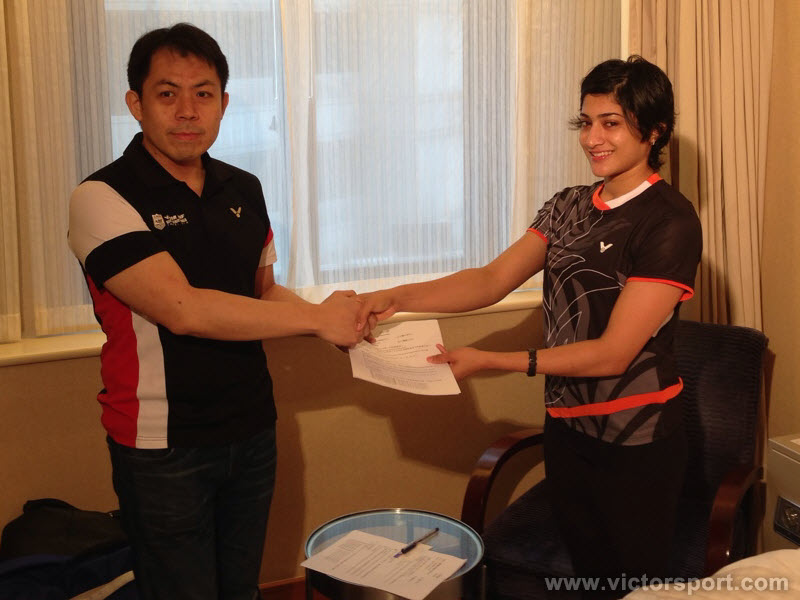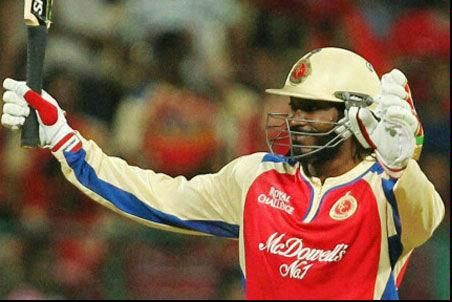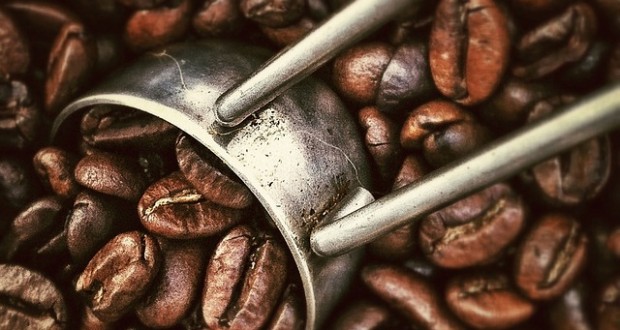
Few sporting events in Karnataka, in India, in the world, can hold a candle in motive, in spirit, in atmosphere, to the hockey festival organised each summer between Coorgi (Kodava) families.
Part sport, part mall, part fashion parade, part talent hunt, part social glue, the tournament is a beautiful salute to sport from a beautiful people of a beautiful part of the world.
The 12th edition, for the Alamengada Cup this year, concluded today, 12 May 2008, in Ponnampet in Virajpet taluk, with the finals played between the Koothanda family and the Anjaparavanda family.
View a portfolio of 82 pictures here: Coorg Hockey
View a short YouTube video here: Koothanda vs Anjaparavanda
Below read an essay by Sugata Srinivasaraju of Outlook magazine on the 2005 tournament.
————————————
By SUGATA SRINIVASARAJU
They charge towards the umpire when he blows the long whistle to declare a goal. For someone who is not entirely familiar with the Kodava (or Coorgi) hockey passion, it appears that the eleven hockey sticks will do the guy to death. But that does not happen. It turns out to be an incessant argument in incessant rain. Each time it happens the match-clock stops for a minimum of ten minutes. The longest break is for thirty-odd minutes when the Koothanda family team scores past the Nellamakkada family, 3-2, in the last fifteen minutes of the finals of the Kodava Families’ Hockey Festival. For the record, it is the world’s biggest hockey tournament.
We wonder why passions should run so high when this is just ‘festival’ hockey and no great championship? A neighbouring Mysorean who has been a regular at the festival since it began in 1997 explains the nuances involved: “The nation is too amorphous and even if you lose playing for it, it does not haunt you beyond a point. But it is completely different when you are defending your family pride, the shame is more immediate.”
Family pride and family identity is in fact at the core of this festival organised annually in the picturesque terraces of the coffee land. In the days of the coffee price depression, when this inward-looking community, almost clanish, started looking out to measure the vistas of the world, when it looked most distracted in centuries of its existence, a brilliant idea struck a man in his 60s, Padanda Kuttani Kuttappa, to re-fix the roving Kodava eyes and arrest the slipping ground. He invented the ethnic hockey festival. In the very first year, nearly 60 families registered themselves and the numbers swelled each year. In 2003 it touched 281, a world record of sorts which found its way into the Limca Book.
In 2004 the Maleyanda family which organised the fest expected the number of participating families to cross 300, but it did not happen due to certain ‘teething operational problems,’ only 236 families played the game and any given year there has been a guaranteed audience of 25,000 people.
The swelling numbers explain why corporates too have started taking interest in the fest. In 2001 Nike was involved and in 2004 a local tobacco company and Toyota supported the effort with a small grant. LG held a raffle draw with television and mobile phones as gifts.
The organising family needs around Rs 15 lakh to conduct the fest, which it raises by collecting donations from family members, anywhere between five and ten thousand. Participating families pool about 30,000 to meet expenses arising out of travel to the venue (which is generally the home-village of the organising family) uniforms for players, equipment costs etc.
The economics of the whole affair has been worked out to perfection.
Returning to pride, why did the Kodavas decide to play hockey to hold their ground? ‘Because that is what they know best,’ is how some would put it bluntly, but a more liberal interpretation would be, besides the pork curry and coffee, hockey is the only thing that is common to two per cent of the rich planters, eight per cent of medium to small planters and ninety per cent of poor Kodava farm labourers.
A good-humoured joke about the community that did the rounds some two decades back was: Kodava men joined the army or played hockey or joined the Bata Shoe Company as salesmen, because they were fair and dandy. Rum, of course, was another common element to all categories of Kodava men. The strong army connection comes from the fact that two top generals in the Indian Army were from Coorg: Field Marshal K M Cariappa and Gen Thimayya.
Surprisingly, both belonged to the Kodandera family, which also participated in the 2004 hockey fest. It may surprise outsiders, but Coorg has produced more than 40 hockey internationals and some of them like M.P. Ganesh and M.M. Somaiya have even captained the Indian team. Incidentally, the first international from Coorg, M.D. Muthappa, belongs to the Maleyanda family, 2004′s tournament organisers.
But strangely, Ganesh or Somaiya or the gifted goal-keeper A.B. Subbaiah become completely unfamiliar when they come to Coorg. Their first name familiarity with the outer world, gets drowned under the weight of their family names.
For instance, M P Ganesh, who is now the executive director of the Sports Authority of India, becomes Mollera Ganesh. A B Subbaiah turns Anjaparavanda Subbaiah. And the brilliant fullback and Olympian, C.S. Poonacha is Cheppudira Poonacha.
As if sucked back into their original community identity. “Into the womb of mother Cauvery,” as a lay Kodava emotionally put it bringing in the platitude personification of the river that has its origins in the coffee land.
At the finals of the Maleyanda Cup, it was not just the hockey greats present, there were also others who had made it big in other fields. South Indian actress Neravanda Prema, Davis Cupper Machanda Rohan Bopanna were among them. They had all left their cosmopolitan masks behind in Bangalore, Bombay or Delhi to be authentic local heroes. But their speeches in the Kodava language was a give away of their Anglicized transformation. If they did not come to this ethnic festival there was no threat of ex-communication, but there was always the fear of being excluded.
In many ways the story of the Kodavas is the familiar story of the New World. It is the same as the Irish tracking their family trees and their Gaelic roots. In fact the whole environment on May 23, 2005 was like the one in Dhaka on every February 21 (Ekushey February), the Mother Language Day, the day to which Bangladesh owes its existence.
“Part kermises, part festival of remembrance, both political statement and celebration,” writes British writer Jeremy Seabrook about Ekushey February.
Celebration and statement were both there at the hockey fest too, at Gargandur in Somwarpet: There was an ethnic food stall; men unabashedly consumed liquor before the final match began at 2 pm; a Kodava job agency had put up its banner; the 37 Medium Coorg Regiment, Madras Engineering Group and Border Scouts were there looking for talent; a woman cartoonist sold her “Still Hope Ammathi” T-shirts (a cheering Kodava phrase for the losing side); a clutch of planter-woman with their authentic coffee brew were there to zealously promote coffee as a ‘health drink’ and all amidst the din of nasal Kodava sounds. It was a shandy.
Amidst the celebration the statement was not forgotten, it was quietly tucked away in the souvenir that was circulated. It was a charter of demands before the Prime Minister by the Federation of Kodava Samajas: “The Fazal Ali Commission has observed in its report that Kodagu should be maintained as a separate identity. It also recommended the reservation of a Lok Sabha seat for Kodagu. Once the State of Kodagu was amalgamated with the State of Mysore the solemn assurance was ignored… culture and identity of the people undermined…,” it read. This should explain the separate statehood demand for Kodagu a decade ago.
The coffee land has been a RSS-BJP bastion. “No beef, only pork” is what a Kodava exclaimed at the food stall, energetically waving his family flag. Every participating family in the hockey fest have their own colours and flags. A common motif on these flags is a 1837 insignia given by the British to the Coorg people for “distinguished conduct and loyalty.”
Besides the political statement, there is also a cultural and social reasoning to the hockey festival.Consider these two voices: “When you have to build a family hockey team, the entire family will have to sit together, so in many ways it becomes a vehicle to sort out family and property disputes. It is also a time when the young scattered away in the cities come to meet the old,” says M.K. Ponnana.
In fact the Kodava family teams are unique in the sense that if the forwards are 16-year-olds, the fullbacks could be 60 years and the goal keeper could be a lady. The Koothanda family which reached the finals had 20-year-old Shilpa as its goalie.
Young and old, rich and poor, men and women, the binary distinctions are temporarily suspended for the families’ hockey season.
For Ponamma Muthappa the whole fest feigns war. It recreates the clash of tribal chieftains. “We are a martial race and we are very physical, when there is no war we express ourselves through hockey,” she explains.
Whatever may be the thick connotations of the hockey festival, for rank outsiders the single most interesting factor could be the pretty Kodava women. But the bugle sounds there too: “It is difficult to take home a wife,” a local girl adds blush to the statement, suggesting that they seldom marry outside their community!
[Excerpted from ‘Keeping Faith with the Mother Tongue – Anxieties of a Local Culture’ by Sugata Srinivasaraju. Published by Navakarnataka Publications. Price Rs. 200. Pages: 288]
source: http://www.churmuri.wordpress.com /





